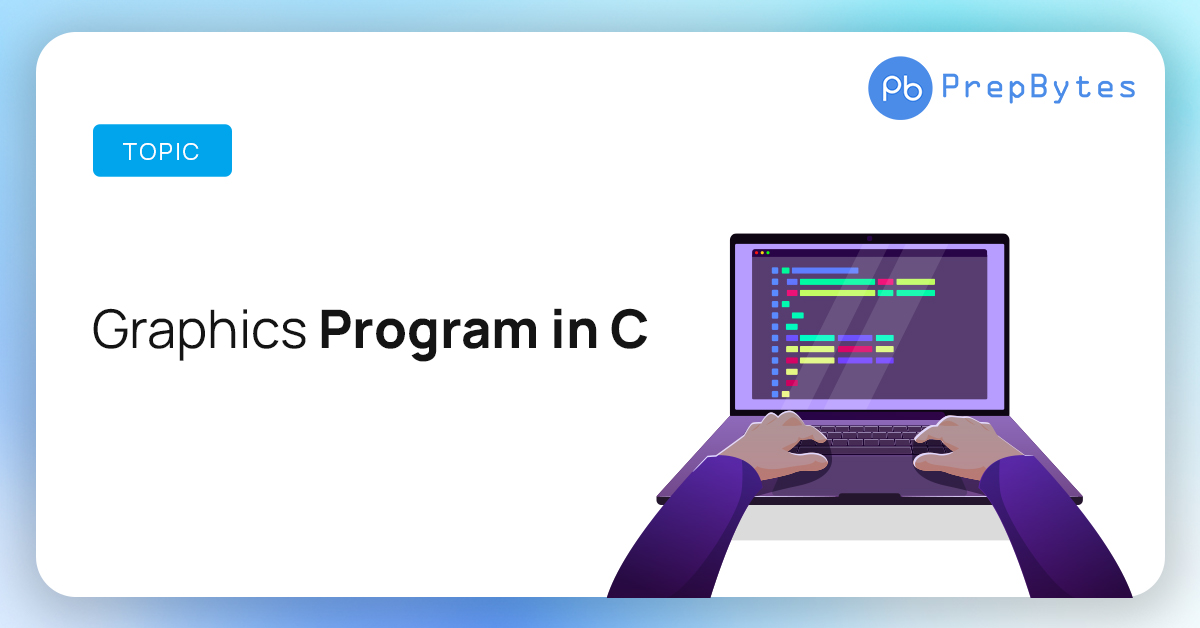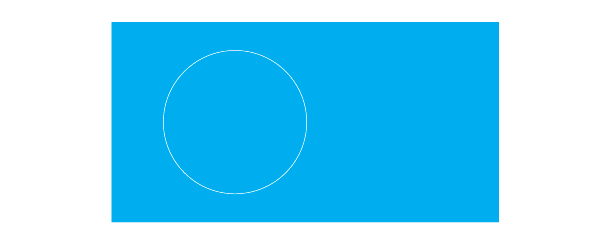Graphics programming in C opens up a realm of creative possibilities, allowing developers to generate visual representations, animations, and interactive applications. Whether creating simple graphics or sophisticated user interfaces, mastering the principles of graphics programming is essential. This introduction explores the foundational aspects of graphics programming in C, highlighting its significance and potential applications.
What is Graphics Program in C
Graphics program in C involves libraries such as OpenGL, GDI, or Allegro to create 2D and 3D graphics, multimedia applications, and games. A basic understanding of programming concepts is required, along with a development environment such as Code::Blocks or Visual Studio. Applications of graphics programming in C include game development, computer-aided design, visualization and data analysis, multimedia applications, user interfaces, and animation and special effects.
Libraries of Graphic Program in C
Here are some popular graphic libraries for C programming:
- OpenGL: It provides a powerful set of tools for developing 3D graphics applications.
- Simple Direct Media Layer: It is a multimedia library created to offer Direct3D and OpenGL low-level access to hardware for audio, keyboard, mouse, joystick, and graphics.
- Allegro: It is a popular multimedia library for C/C++ programming that provides basic functionality for graphics, sound, and input devices.
- GTK+ (GIMP Toolkit): It is a popular open-source widget toolkit for creating graphical user interfaces (GUIs) that are often used for developing desktop applications.
- Cairo: This is a vector graphics library that provides support for a wide range of output devices including PNG, PDF, and SVG.
- SFML (Simple and Fast Multimedia Library): This is a multimedia library that provides a simple interface for creating 2D and 3D games and multimedia applications.
- GLUT (OpenGL Utility Toolkit): It is a utility library for OpenGL that provides a simple API for creating windows, handling input, and drawing 3D graphics.
- Qt: It is a GUI toolkit that provides a comprehensive set of tools for creating desktop and mobile applications.
Colors of Graphics Program in C
Here, are some of the colors of the graphics program in C
| COLOR MACRO | INTEGER VALUE |
|---|---|
| BLACK | 0 |
| BLUE | 1 |
| GREEN | 2 |
| CYAN | 3 |
| RED | 4 |
| MAGENTA | 5 |
| BROWN | 6 |
| LIGHT GRAY | 7 |
| DARK GRAY | 8 |
| LIGHT BLUE | 9 |
| LIGHT GREEN | 10 |
| LIGHT CYAN | 11 |
| LIGHT RED | 12 |
| LIGHT MAGENTA | 13 |
| YELLOW | 14 |
| WHITE | 15 |
Syntax of Graphics Program in C
initgraph(int *gm, int *gm, char *driverDirectoryPath);Explanation of Syntax
This function initializes the graphics driver and sets the graphics mode. The first parameter (gd) is a pointer to the graphics driver, which is set to DETECT to detect the graphics driver automatically. The second parameter (gm) is the graphics mode, which specifies the resolution and color depth of the screen. The last parameter is a string that can be used to pass additional arguments to the graphics driver, but in this case, it’s left empty.
Example of Graphics Program in C
#include <graphics.h>
#include <iostream>
#include <math.h>
#include <stdlib.h>
#include <ctype.h>
int main()
{
int gd = DETECT, gm;
char data[] = "C:\\MinGW\\lib\\libbgi.a";
initgraph( & gd, & gm, data);
//you can also pass NULL for 3rd parameter
//example: initgraph(&gd, &gm, NULL);
circle(400, 400, 100);
getch();
closegraph();
return 0;
}
Note: Make sure to install the libraries before running the examples.
Output
Applications of Graphics Program in C
Graphics programming in C has a wide range of applications. Here are some examples:
- Game development: Graphics program is widely used in game development. C-based graphics libraries such as SDL and Allegro can be used to create 2D and 3D games.
- Computer-aided design (CAD): It is used extensively in CAD software to create and manipulate 2D and 3D designs.
- Visualisation and data analysis: It is used to create visualizations of data in fields such as science, engineering, and finance. This might require producing charts, graphs, and other kinds of visualizations.
- Multimedia applications: It is used in multimedia applications such as video and audio players, image viewers, and video editors.
- User interfaces: It is used to create graphical user interfaces (GUIs) for software applications. This can include creating buttons, menus, and other interface elements.
- Animation and special effects: It is used to create animation and special effects in movies, TV shows, and other media.
Advantages of Graphics Program in C
- Efficient memory management
- Cross-platform compatibility
- Visually appealing applications
- Availability of graphics libraries
- Low-level control for advanced graphics.
Disadvantages of Graphics Program in C
- Performance optimization.
- Limited GUI capabilities.
- Lack of built-in features.
- Steep learning curve.
- Platform-specific issues.
Conclusion
In conclusion, graphics programming in C empowers developers to breathe life into their applications through visual elements. From basic shapes to intricate designs, understanding the principles of graphics programming provides the tools to create engaging and dynamic user experiences. As technology advances, the role of graphics programming remains pivotal in shaping the visual aspects of software, making it a valuable skill for C programmers.
Frequently Asked Questions(FAQs) related to Graphics Program in C
Below are some of the FAQs related to the Graphics Program in C:
Q1: What is graphics programming in C?
A1: Graphics programming in C involves creating visual elements, images, and animations using the C programming language. It often includes utilizing graphics libraries, such as OpenGL or graphics.h in the case of simple graphics programming in C.
Q2: Which libraries are commonly used for graphics programming in C?
A2: Commonly used graphics libraries for C programming include graphics.h (a library for simple graphics operations), OpenGL (a cross-platform graphics API), and SDL (Simple DirectMedia Layer) for multimedia applications.
Q3: How can one draw basic shapes in a C graphics program?
A3: Drawing basic shapes in a C graphics program involves using functions provided by the graphics library. For example, in graphics.h, functions like line(), circle(), and rectangle() can be used to draw lines, circles, and rectangles, respectively.
Q4: What are some applications of graphics programming in C?
A4: Graphics programming in C finds applications in various domains, including game development, computer-aided design (CAD), simulation software, data visualization, and graphical user interface (GUI) development.
Q5: Is graphics programming in C limited to 2D graphics?
A5: While graphics programming in C can be used for 2D graphics, it is not limited to it. With advanced graphics libraries like OpenGL, developers can create sophisticated 3D graphics and animations in C. The capabilities depend on the chosen graphics library and the developer’s expertise.




